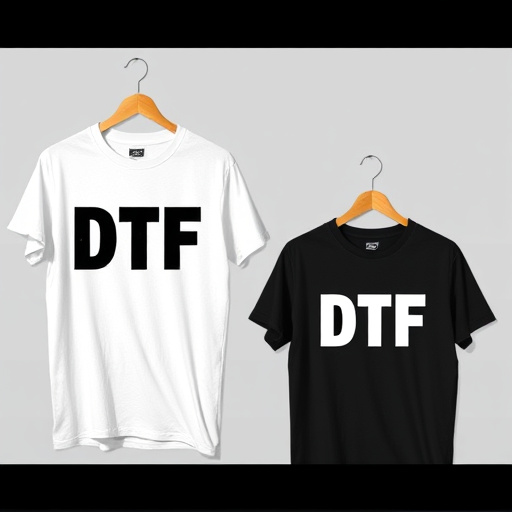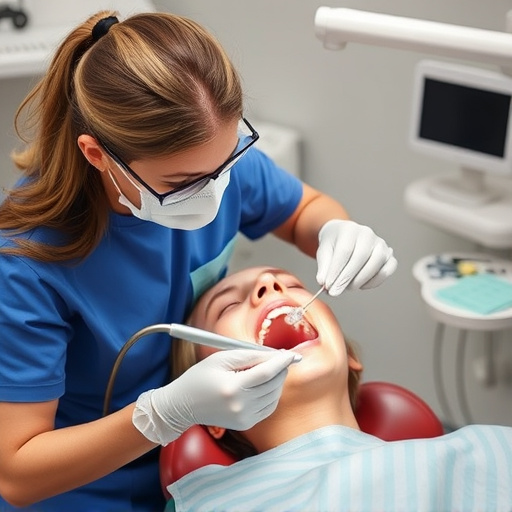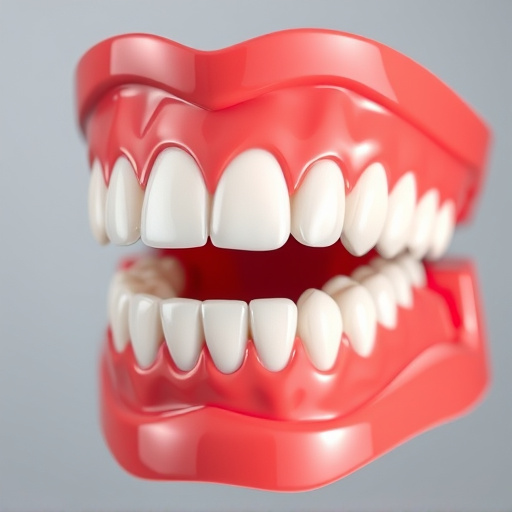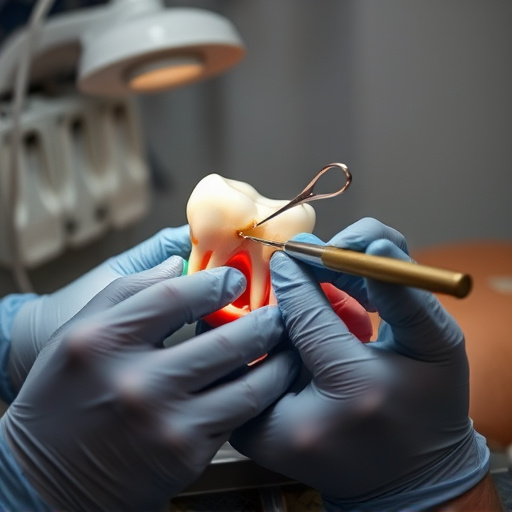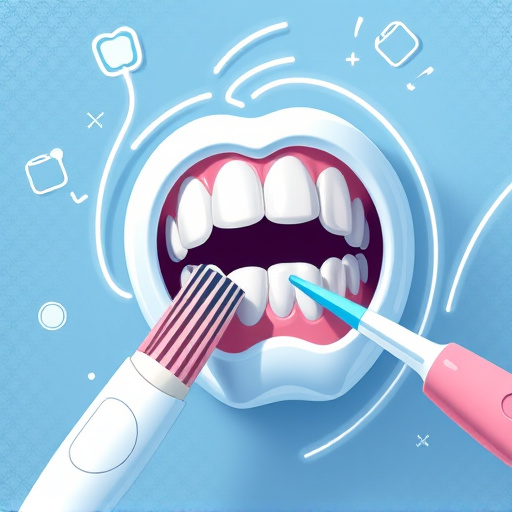Dental payment plans improve access to oral health services by offering flexible financial options, allowing patients to spread the cost of various procedures from routine check-ups to complex treatments. However, they come with drawbacks like potential higher interest rates and strict repayment terms, and may not cover specialized care. These plans encourage proactive dental care but require patients to carefully consider their financial commitments.
Exploring dental care options can be overwhelming, especially with various payment plans available. This article serves as a comprehensive guide, shedding light on both the advantages and disadvantages of popular dental payment strategies. From flexible monthly installments to in-house financing, we delve into how these options impact your dental health and financial burden. Understanding these pros and cons is crucial for making informed decisions tailored to your needs and budget.
- Understanding Dental Payment Plans: A Comprehensive Overview
- Pros of Popular Dental Payment Options
- Cons and Considerations for Dental Payment Plans
Understanding Dental Payment Plans: A Comprehensive Overview
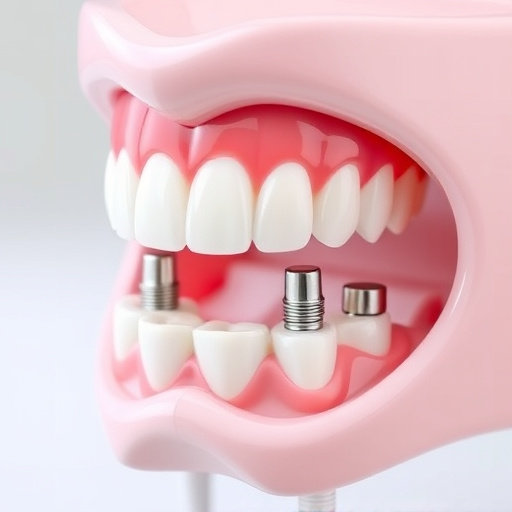
Dental payment plans have become increasingly popular as a way to make quality dental care more accessible and affordable for patients. These plans offer structured financial options that allow individuals to spread out the cost of various dental procedures, including routine oral exams, tooth extractions, and dental crowns. Understanding these payment structures is crucial for both patients seeking dental work and dental professionals looking to cater to a broader patient base.
In today’s digital era, many dental clinics and practices have embraced flexible payment models, such as monthly installments or interest-free financing, to accommodate the diverse financial needs of their patients. These plans not only promote better oral health by encouraging regular check-ups but also ensure that emergency procedures like extractions or restorative treatments, like crowns, are within reach for more people. By demystifying the financial aspects of dental care, dental payment plans foster a healthier and happier community.
Pros of Popular Dental Payment Options
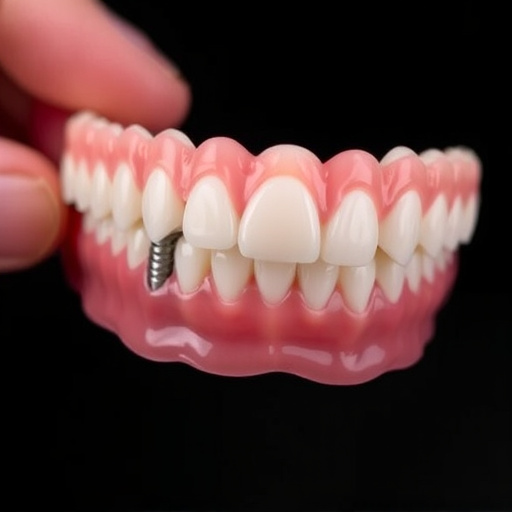
Popular dental payment options offer a range of benefits that can make accessing quality dental care more manageable for many individuals. One significant advantage is the ability to spread out the cost of treatments over time, which alleviates financial strain and makes it easier for patients to commit to necessary procedures. This flexibility is especially beneficial for extensive or complex dental work, such as orthodontics like clear aligners, which can be expensive but offer long-lasting benefits in terms of improved oral health and appearance.
Additionally, these payment plans often include options for emergency dental care, ensuring that individuals don’t have to delay urgent treatments due to cost concerns. Regular dental cleanings and check-ups are also more accessible with these plans, as they typically cover preventive care at reduced rates or as part of an overall package. This proactive approach not only saves money in the long run but also promotes better oral hygiene and helps catch potential issues early on.
Cons and Considerations for Dental Payment Plans
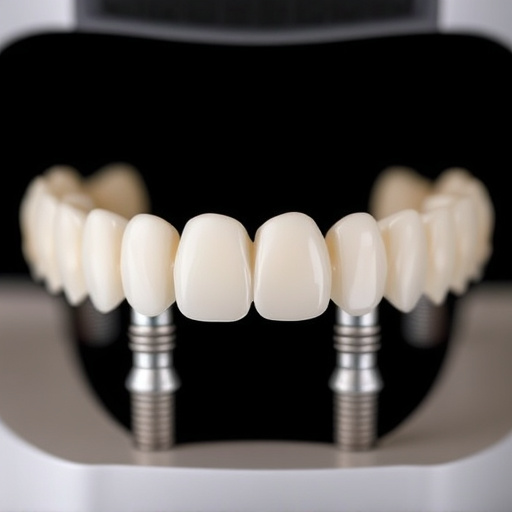
While dental payment plans offer financial flexibility for patients, there are several cons and considerations to keep in mind. One significant drawback is that these plans often come with higher interest rates compared to traditional financing options, which can result in paying more for the treatment in the long run. Additionally, many payment plans require strict adherence to repayment schedules; missing payments or late fees could lead to penalties, impacting overall affordability.
Another consideration is the scope of coverage. Some dental payment plans might exclusively focus on general or restorative dentistry procedures, excluding more specialized treatments like cosmetic dentistry. This limitation can be problematic for individuals seeking comprehensive dental care, as they may need to explore alternative funding sources for esthetic or transformative procedures.
When considering dental payment plans, understanding both the benefits and drawbacks is essential. Popular options like monthly installments, flexible financing, and cost-saving packages offer accessible care, but may incur additional fees or require specific commitment periods. By evaluating these pros and cons, individuals can make informed decisions to suit their budget and oral health needs, ensuring they receive the necessary treatment without financial strain.


